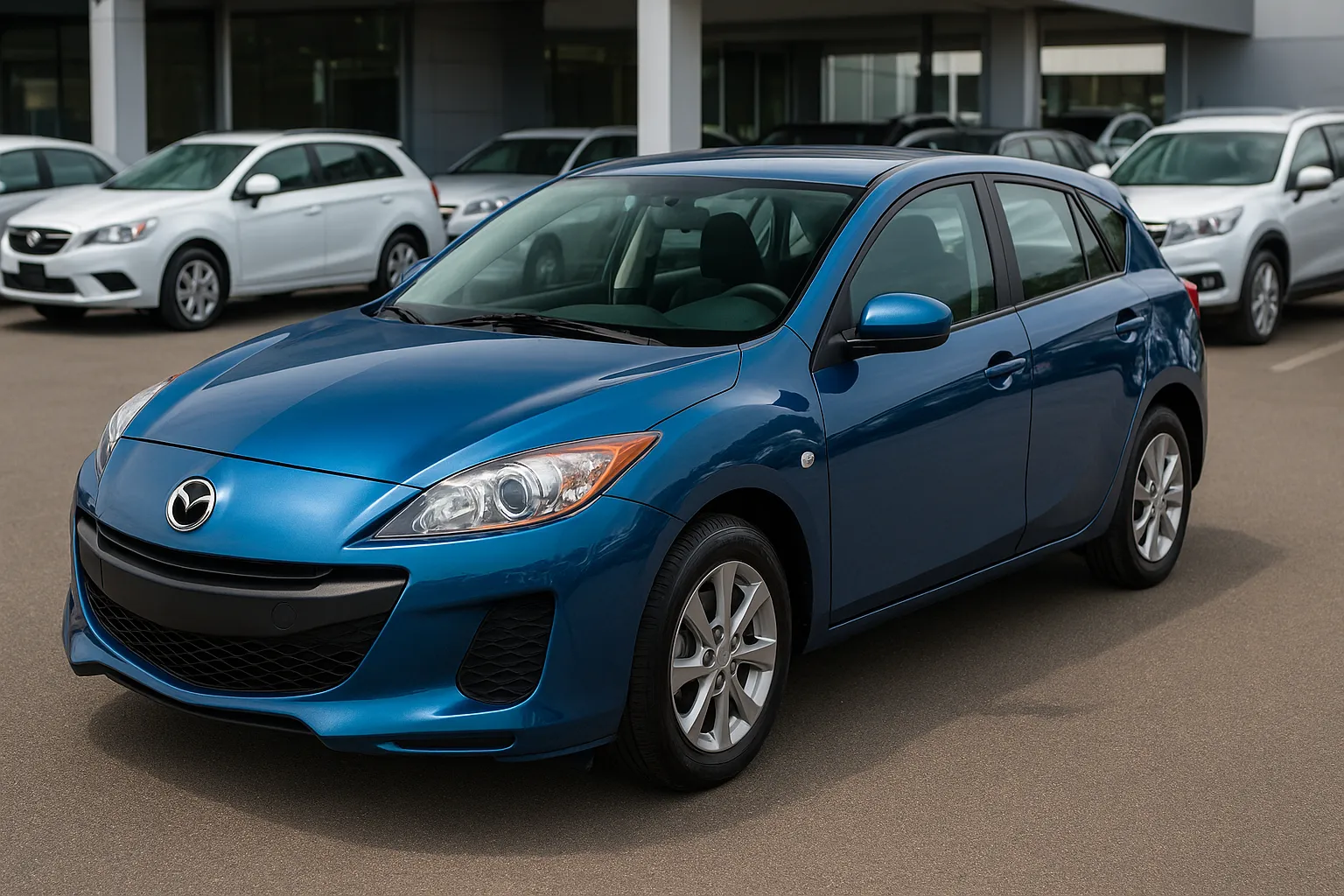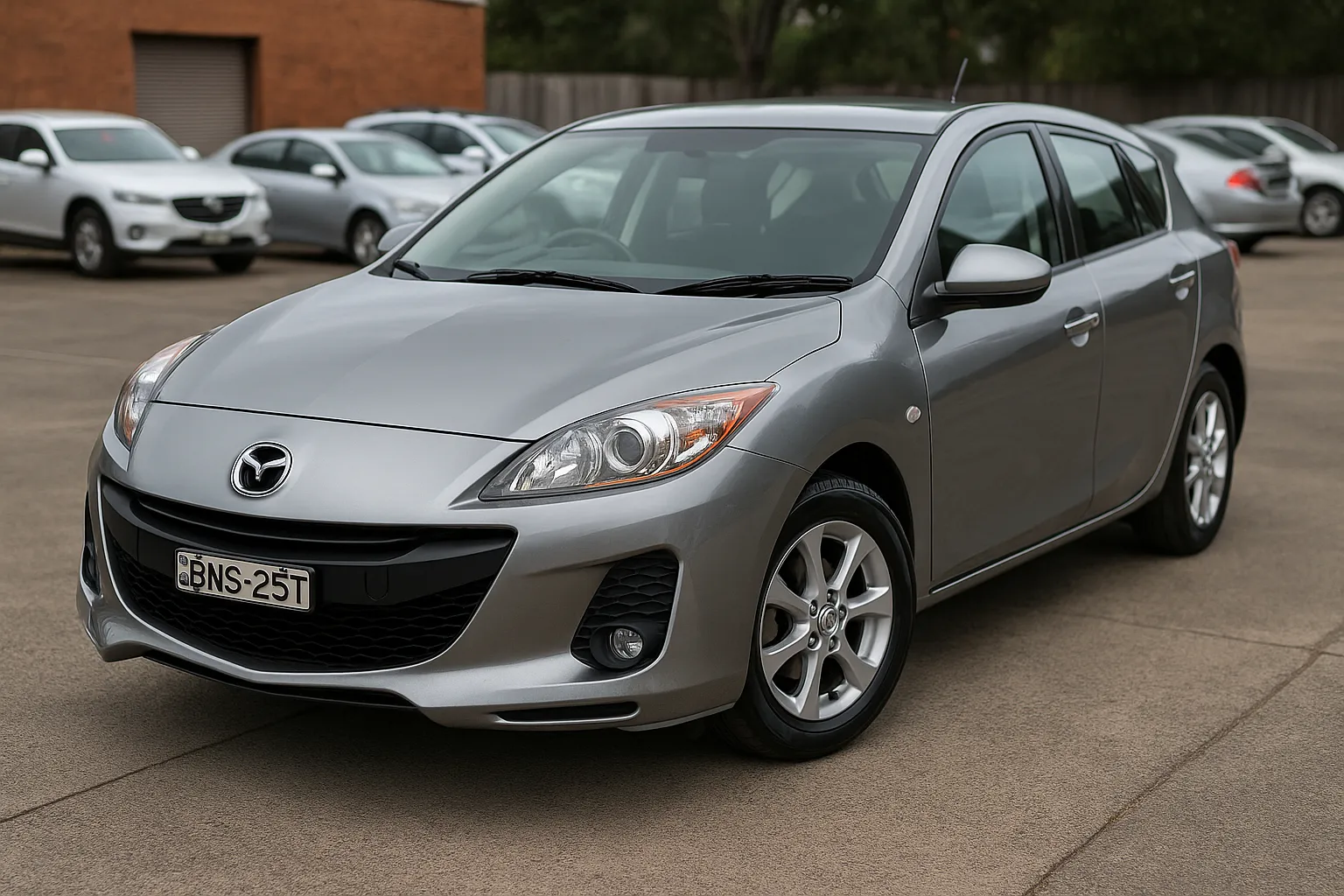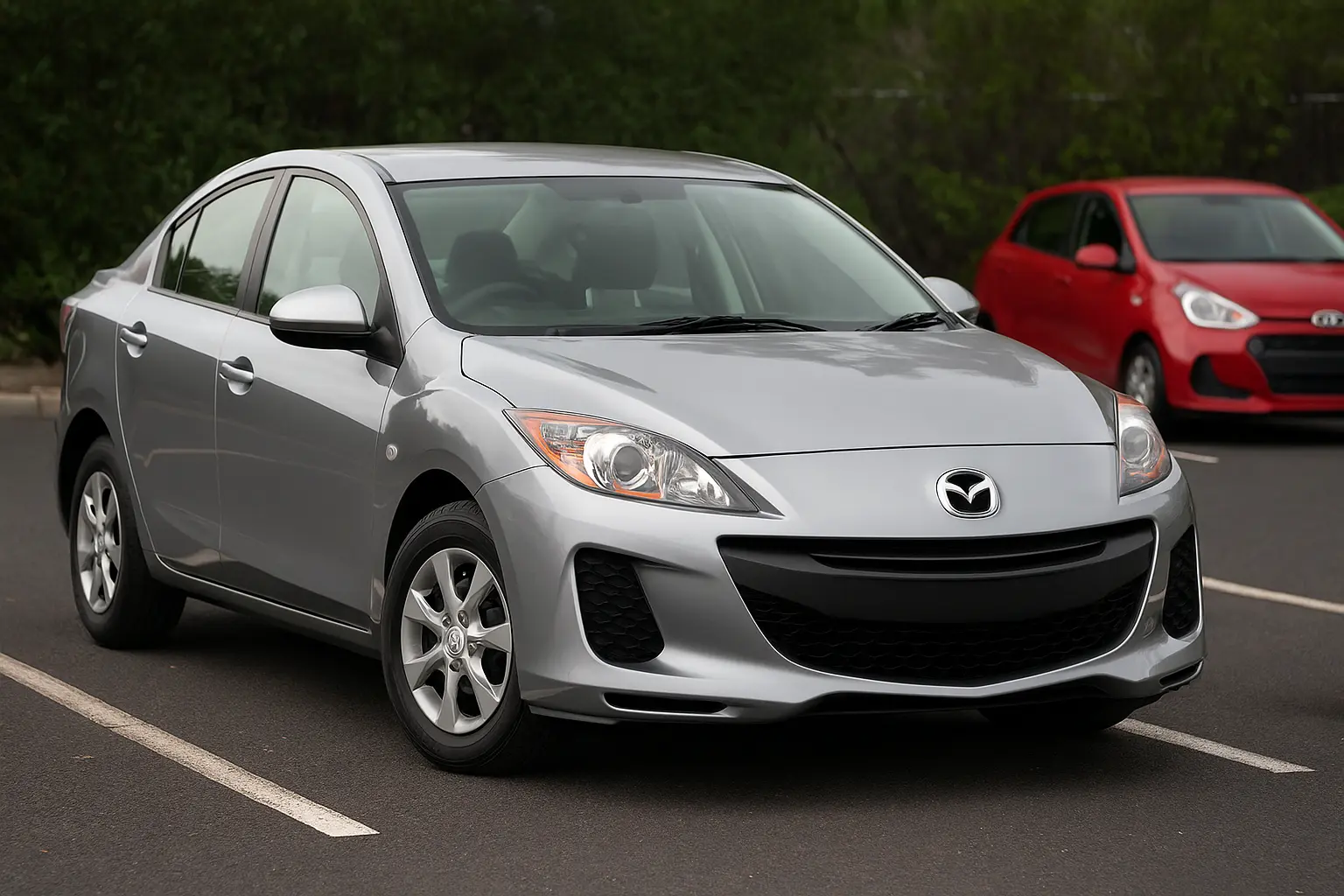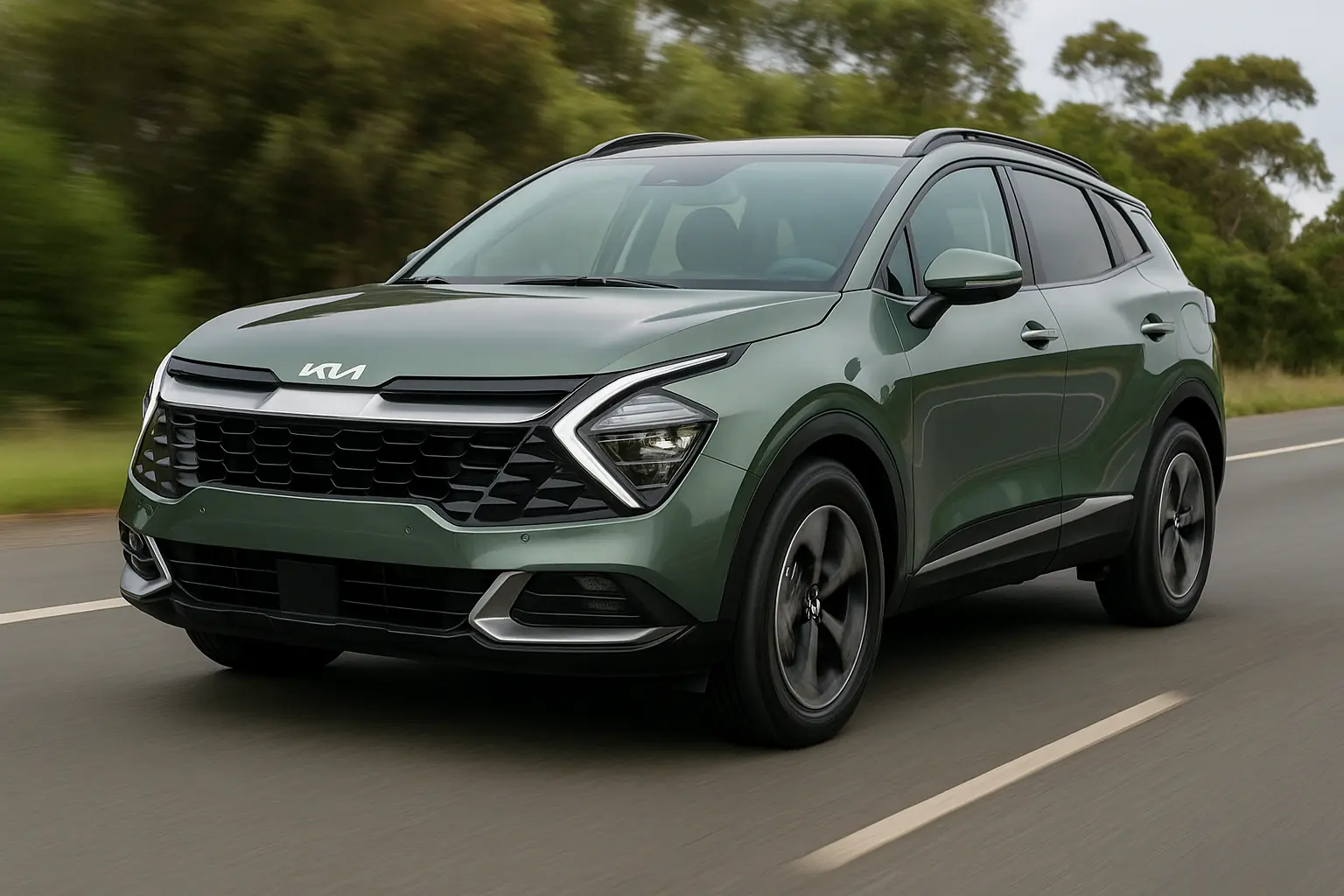Why Buying a Used Car in 2025 Makes Sense
With rising new car prices, longer wait times, and an ever-growing range of quality second-hand vehicles, buying used in 2025 is a smart move for many Australians. Whether you're a first-time buyer, a parent shopping for a P-plater, or simply looking for better value, a used car can save you thousands — if you know what to look for.
But how do you avoid buying a lemon? What do you inspect? How do you verify the car’s history and value?
This guide offers a comprehensive used car buying checklist tailored for Australian roads, conditions, and market trends in 2025. From understanding ownership history to checking hybrid batteries and digital service logs — we’ve got it covered.

1. Set Your Budget and Priorities First
Before visiting dealerships or scrolling through online listings, ask yourself:
- What is your maximum budget? Include costs like stamp duty, insurance, and registration transfer.
- What type of car suits your lifestyle? Hatchback, SUV, sedan, 4x4, ute?
- How will you finance it? Cash, bank loan, or dealer finance?
- Do you need specific features? E.g., Apple CarPlay, reverse camera, fuel efficiency?
Pro tip: Used electric or hybrid vehicles may qualify for ongoing state incentives, reduced rego, or charging grants. Factor this into your cost analysis.
2. Know Where to Look – Best Places to Buy Used Cars in 2025
- Private sellers: Typically cheaper, but no warranty.
- Franchise dealerships: Often offer certified used cars with limited warranties.
- Independent used car dealers: More negotiation room, but variable reliability.
- Online platforms: Carsales, Drive, Facebook Marketplace, Pickles, Grays.
Warning: Watch out for curbstoners (unlicensed dealers posing as private sellers). Always check the seller’s identity and registration details.
3. Must-Have Documentation Checklist
Always request and verify these documents:
- ✅ Current registration papers
- ✅ Service history (preferably full and with logbooks)
- ✅ Roadworthy Certificate (RWC)
- ✅ PPSR report (check for finance owing, theft, or written-off status)
- ✅ VIN and engine number matching
- ✅ Previous owner count
- ✅ Any outstanding recalls
Tip: Use the free Australian government PPSR service (https://www.ppsr.gov.au/) or reputable third-party VIN check services.
4. Exterior Inspection – What to Check
Inspect the vehicle during daylight and ensure it’s clean for a proper evaluation.
Checklist:
- Paint condition – Any mismatched panels, bubbling, or rust?
- Panel alignment – Do doors/bonnet/trunk close smoothly?
- Signs of accidents – Overspray, dents, welded areas?
- Windscreen and windows – Chips, cracks?
- Tyres – Even tread, not too old (look for date stamps).
- Lights – Headlights, brake lights, reverse lights – all functioning?
A magnet test on panels can help spot filler repairs (common in poorly repaired crash damage).
5. Interior Condition – Don’t Overlook the Cabin
The inside tells you how the car was cared for.
Checklist:
- Upholstery – Tears, stains, excessive wear?
- Smell – Dampness could mean leaks; smoke smells may linger forever.
- Dashboard – Are all lights functioning correctly on startup?
- Electronics – Test infotainment, air con, windows, mirrors, indicators.
- Seatbelts – Retract smoothly, not frayed or cut.
- Floor and boot – Check under mats for water damage or corrosion.
In 2025, most cars should come with at least Apple CarPlay or Android Auto. Ensure it works if advertised.
6. Under the Bonnet – Mechanical Inspection
If you're not confident, bring a mechanic for a pre-purchase inspection (~$150–300 but worth it).
Key areas to check:
- Engine – No leaks, no strange noises, not excessively dirty.
- Oil level – Clean and amber, not black and thick.
- Transmission fluid – Pinkish (for autos), not burnt or dark brown.
- Coolant – Clean, no oil residue floating (head gasket issue warning).
- Belts – No cracking or fraying.
- Battery – Corrosion around terminals? Test voltage if possible.
Modern hybrids should also show battery health on a diagnostic report.
7. Underbody and Suspension
- No visible rust or major dents underneath.
- Check for fluid leaks under the car after it's parked.
- Suspension – Bounce the corners; the car should settle quickly.
- Uneven tyre wear can signal alignment issues or worn suspension parts.
8. Take It for a Thorough Test Drive
Always test drive for at least 15–30 minutes in various conditions.
Checklist:
- Cold start – Any hesitation or rattling?
- Brakes – Feel responsive and smooth. Any vibrations = warped discs.
- Steering – Car should track straight; vibrations = wheel/suspension issues.
- Transmission – Shifts smoothly (auto or manual).
- Clutch (manuals) – Slipping? Jerky engagement?
- Acceleration – Responsive? No jerks, hesitation?
- Electronics – Use all features while driving: cruise control, sensors, blind spot warnings.
Listen closely for clunks, whines, or knocking sounds.
9. Evaluate the Car’s Service History and Ownership
A complete logbook with stamps from licensed mechanics is ideal. Ask:
- Were services done at correct intervals?
- Has the timing belt been changed (if applicable)?
- Any major repairs like head gasket, transmission, suspension?
- Are there receipts for parts or tyres?
Bonus points if the car has fewer than two owners and is sold by the original owner.
10. Verify Kilometres Are Genuine
- Average driving in Australia = ~15,000 km/year.
- If a 2018 model shows 40,000 km, ask for documentation.
- Look for wear on pedals, steering wheel, and driver seat – excessive wear with low km could signal odometer tampering.
11. Beware of Warnings from Online Listings
Red flags:
- “Just needs a new battery” – could mean deeper electrical issues.
- “No RWC, easy to get” – If it’s easy, why didn’t they get one?
- “Mechanic’s special” – Probably not worth it unless you’re a mechanic.
- Price well below market value – Always investigate why.
Use market tools like RedBook, CarsGuide, or Drive to compare used car values.
12. Consider Certified Pre-Owned (CPO) Programs
Many manufacturers offer Certified Pre-Owned schemes in 2025, which include:
- 100+ point inspections
- Extended warranties
- Roadside assistance
- Service packages
Brands like Toyota, Mazda, Subaru, Hyundai, and BMW offer CPO programs in Australia — worth it for peace of mind, especially if buying a 2–4-year-old vehicle.
13. Used EVs and Hybrids in 2025 – What’s Different?
- Battery health is crucial. Request a battery degradation report or diagnostic test.
- Charging history matters. Was it DC fast-charged constantly (which reduces battery life)?
- Warranty: Some batteries are still under 8-year manufacturer coverage.
Used EVs to consider in 2025:
- 2021–2023 Tesla Model 3
- Hyundai Ioniq 5
- MG ZS EV
- Nissan Leaf (with updated battery tech)
- BYD Atto 3 (great resale value)
14. Don’t Forget Insurance Quotes Before Purchase
- Use online tools to estimate annual premiums.
- Check if the vehicle model has high theft or accident rates.
- Older cars might not qualify for comprehensive cover.
15. Transfer of Ownership & Registration in Australia
- Fill out the Notice of Disposal and Transfer of Registration via the relevant state authority (e.g., VicRoads, NSW Service).
- Pay stamp duty and possible transfer fees.
- Some states offer online rego transfer (e.g., NSW, VIC, QLD).
Always confirm if the seller has cleared any outstanding finance (use PPSR).
16. Negotiation Tips for Aussie Used Car Buyers
- Research similar listings to benchmark prices.
- Don’t reveal your max budget upfront.
- Point out minor flaws (worn tyres, faded paint) to request discount.
- Be polite but firm – there’s always another car!
Typical negotiation range: 5–10% off listed price.
Conclusion – Drive Away with Confidence
Buying a used car in Australia in 2025 can be a savvy move — but only if you approach it with a well-informed plan. By following this complete checklist, you can avoid the heartbreak of a dodgy buy and enjoy years of reliable motoring.
Whether you’re after a city hatchback, a family SUV, or a second-hand EV, remember: take your time, do your checks, and trust your gut.
Leave a comment
Your email address will not be published. Required fields are marked *




















